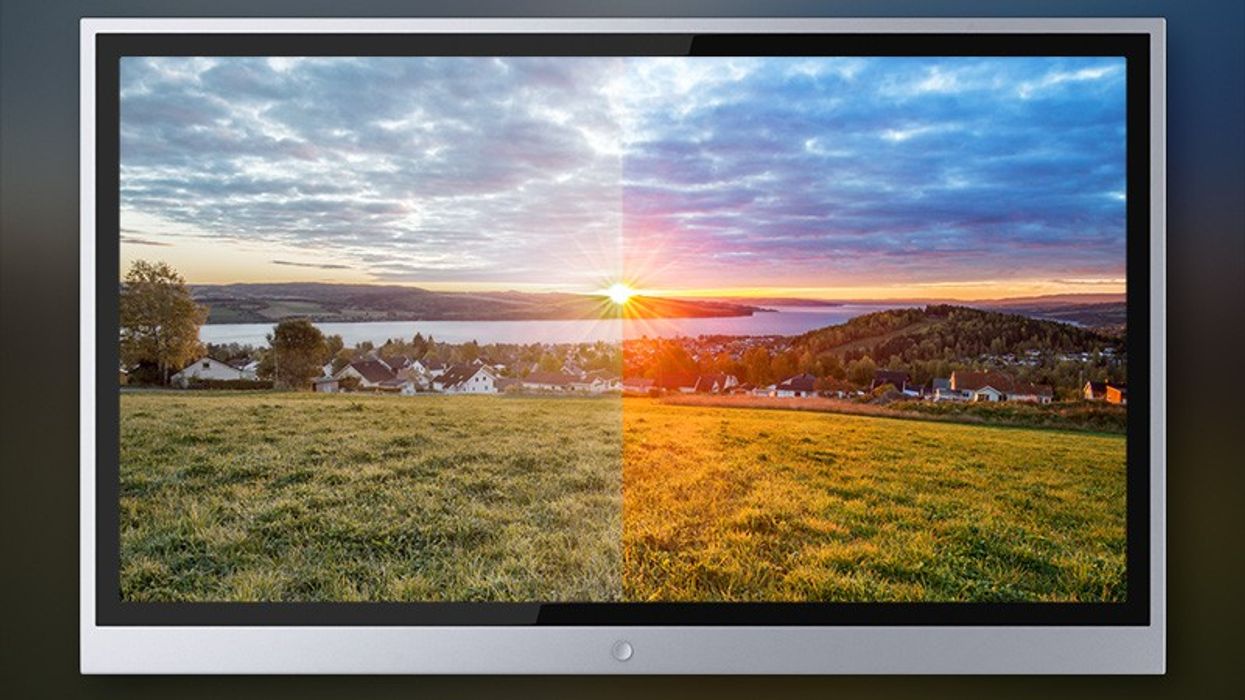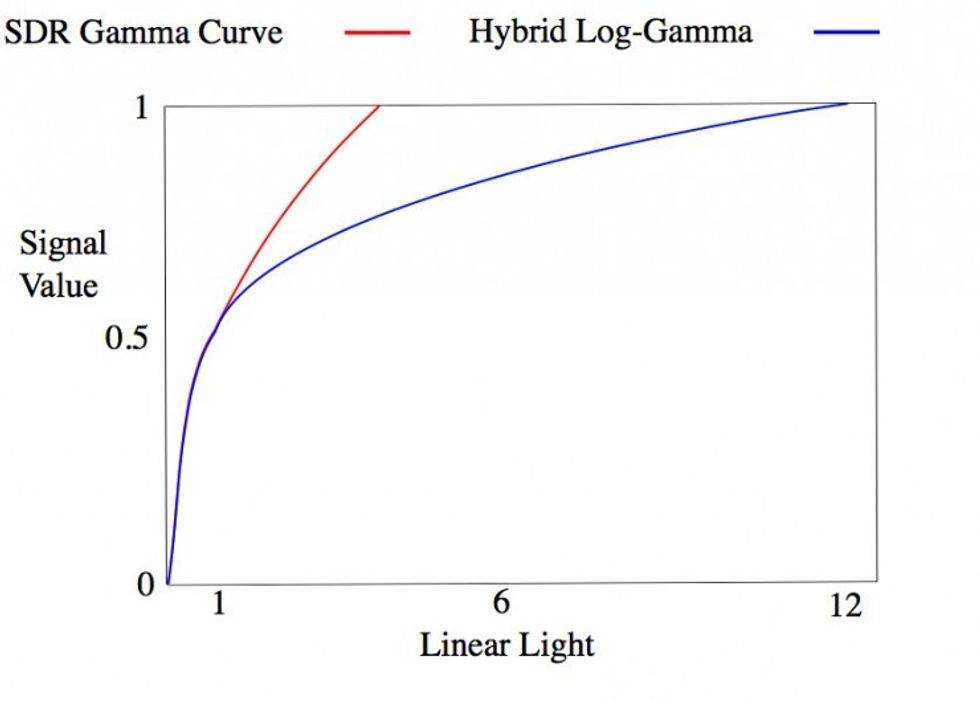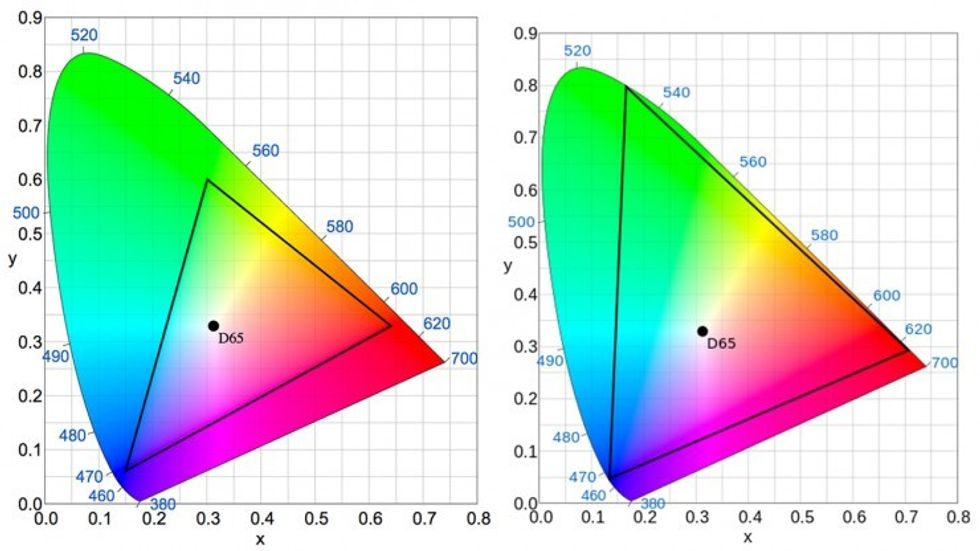Free HDR Firmware is Coming to Economical Cameras
It's time to get up to speed on HDR.

Sony recently announced HDR support by implementing the Hybrid Log-Gamma (HLG) standard in free firmware updates for the FS5 and Z-150 cameras, to be released in July 2017.
Sony has been quietly updating multiple video product lines for over a year to be HDR-compliant. We expect this trend to increase in pace over the next year, industry-wide. Panasonic also recently pre-announced a summer HLG firmware update for its new GH5 DSLR.
What is HLG, and why should you care?
HLG is a broadcast standard developed to economically deliver 4K HDR video across large networks. The most important thing to understand is that HLG combines a gamma curve (rec. 709 is an SDR gamma curve) in the darks with a log curve in the highlights. This hybrid creates an overall greater dynamic range in images.


Because HLG does not rely on metadata, like the HDR10 and Dolby Vision HDR standards, it is much simpler and cheaper to implement into production and distribution workflows. HLG requires few hardware updates, meaning upgrades can be implemented incrementally, rather than having to create entirely new—and expensive—broadcast production pipelines. By comparison, Dolby Vision HDR requires that all hardware in the process be Dolby Vision-compatible.
HLG also allows for a more gradual adoption rate by end-users because the signal is display-independent. Since a large portion of the HLG signal is a gamma curve, the image will appear correctly on legacy SDR displays. This flexibility is the ticket that broadcasters are hoping will make HDR an everyday reality. (To be clear, at this moment there is little HLG consumer content being broadcast, aside from limited proof of concept experiments.)
Media producers will need to be on top of the trend, especially as networks start expecting HLG content. With camera manufacturers now implementing HLG into all levels of their gear via firmware, HDR is becoming more accessible for all creatives.
Are you dreading learning HDR or relishing the creative possibilities? Let us know in the comments.











